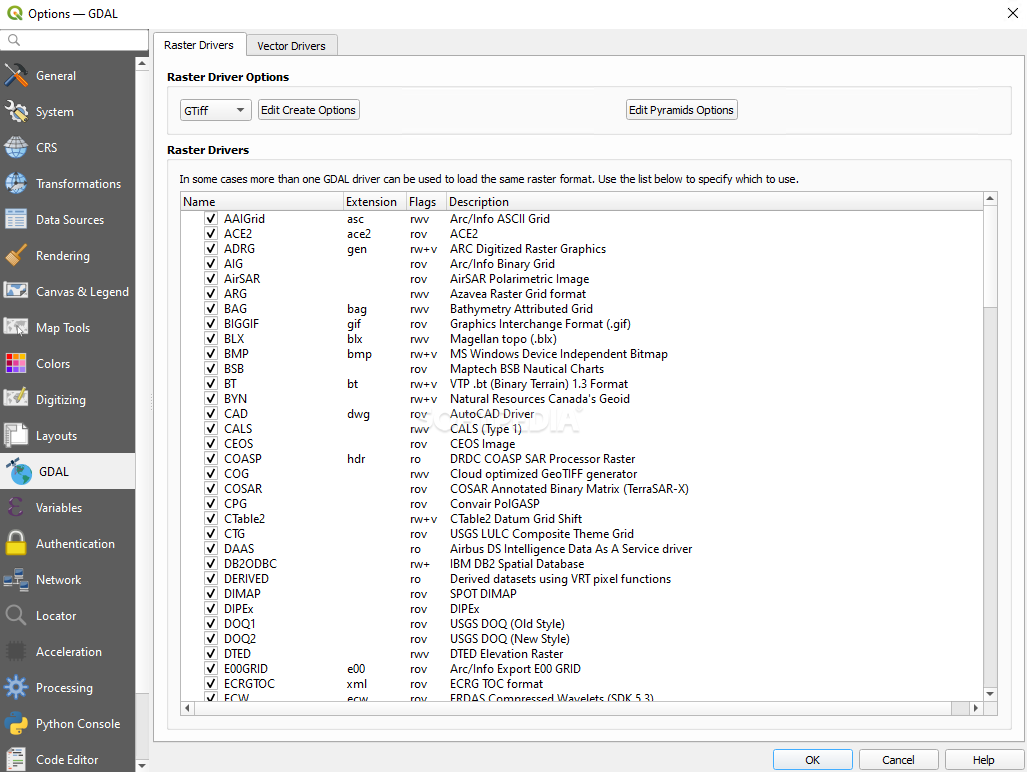



This would severely impact the database if it is updated with QGIS. QGIS should no longer be used before a major version release to support 64-bit integers for nodes it is possible that data retrieved from the database contain new nodes that would be truncated to 32 bits. One of tutorials is available at Searching and Downloading OpenStreetMap Data (QGIS3)¶.Īs of begining of July 2015, all existing versions or QGIS prior to version 2.18 are now incompatible with OSM data containing 64-bit Identifiers. QuickOSM allows you to work quickly with OSM data in QGIS thanks to Overpass API. An OSM file can be exported from OpenStreetMap in a number different ways. Use Layer -> Add Layer -> Add Vector Layer menu and specify an OSM file to be imported into a QGIS project. Vector data can be loaded into QGIS from an OSM file without any extra add-ins. The Clear cache button is hidden in the Settings -> Options. Changes made on OpenStreetMap will not show up until the QGIS cache is cleared. Right clicking on that reveals an option to add that as a layer. The XYZ Tiles source section includes OpenStreetMap as a standard feature. For this purpose, please use one of the Editors. There is no built-in possibility to upload changes back to a OpenStreetMap server directly from QGIS. In QGIS version 3, there are built-in features to use raster and vector data from OpenStreetMap. 3.4 Using QGIS to filter data from government sources and convert it to KML.3.3.2 Using QGIS to convert between CRS.2.5 Using raster maps from OpenStreetMap.2.4 Shapefiles, PostGIS and other conversion options.2.1 QGIS 2: Importing OSM vector layers.


 0 kommentar(er)
0 kommentar(er)
